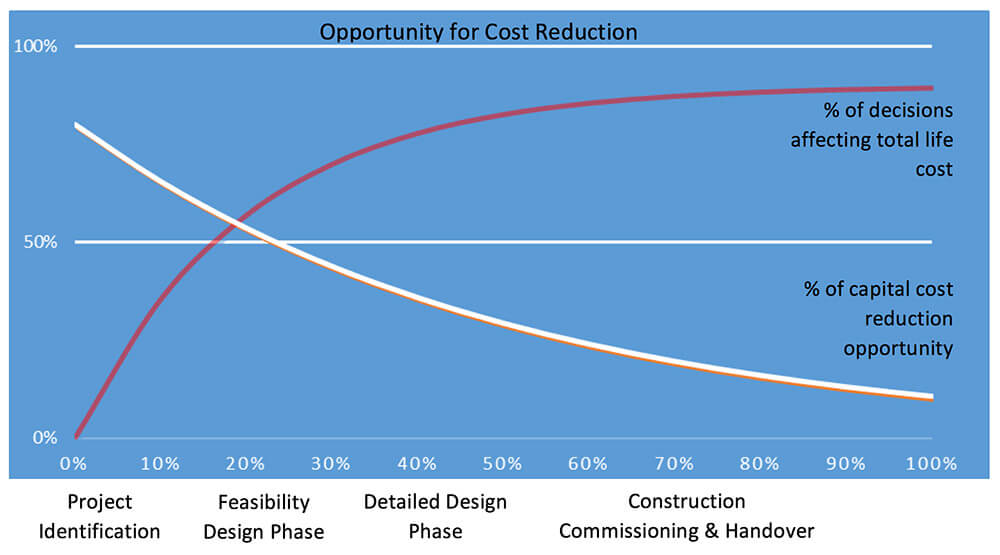Our Services
Whole Life Cost
The emergence of facilities management and Public Private Partnerships (PPP) is making it vital for occupiers, developers and construction teams to consider how much a building will cost to occupy. This can be as much as 10 times the capital cost over a 25-year lifespan.
Life Cycle costing is intensifying within the construction industry. Its growing recognition is multi-faceted but implications from the Treasury Report on Cost Benefit Analysis, client requirements for total cost throughout a building’s life and the ever-increasing influence of BIM are significant factors.
By having a better understanding of ongoing overheads, along with future environmental and social costs of their assets allows a business to plan more accurately and have a better appreciation of their impact on the world around them.
Our people led by Director Lawrie Saegers have an in-depth understanding of all aspects of lifecycle costing, helping you effectively plan your asset’s future.
What are the benefits of Whole Life Costing for companies?
- encouraging analysis of business needs and communication of those to the project team;
- optimising the total cost of ownership/occupation by balancing initial capital and running costs;
- ensuring risk and cost analysis of loss of functional performance due to failure or inadequate maintenance;
- promoting realistic budgeting for operation, maintenance and repair;
- encouraging discussion and recording of decisions about the durability of materials and components at the outset of the project;
- providing data on actual performance and operation compared with predicted performance for use in future planning and benchmarking.
Delivering Intelligent Cost Solutions
with remarkable results.
